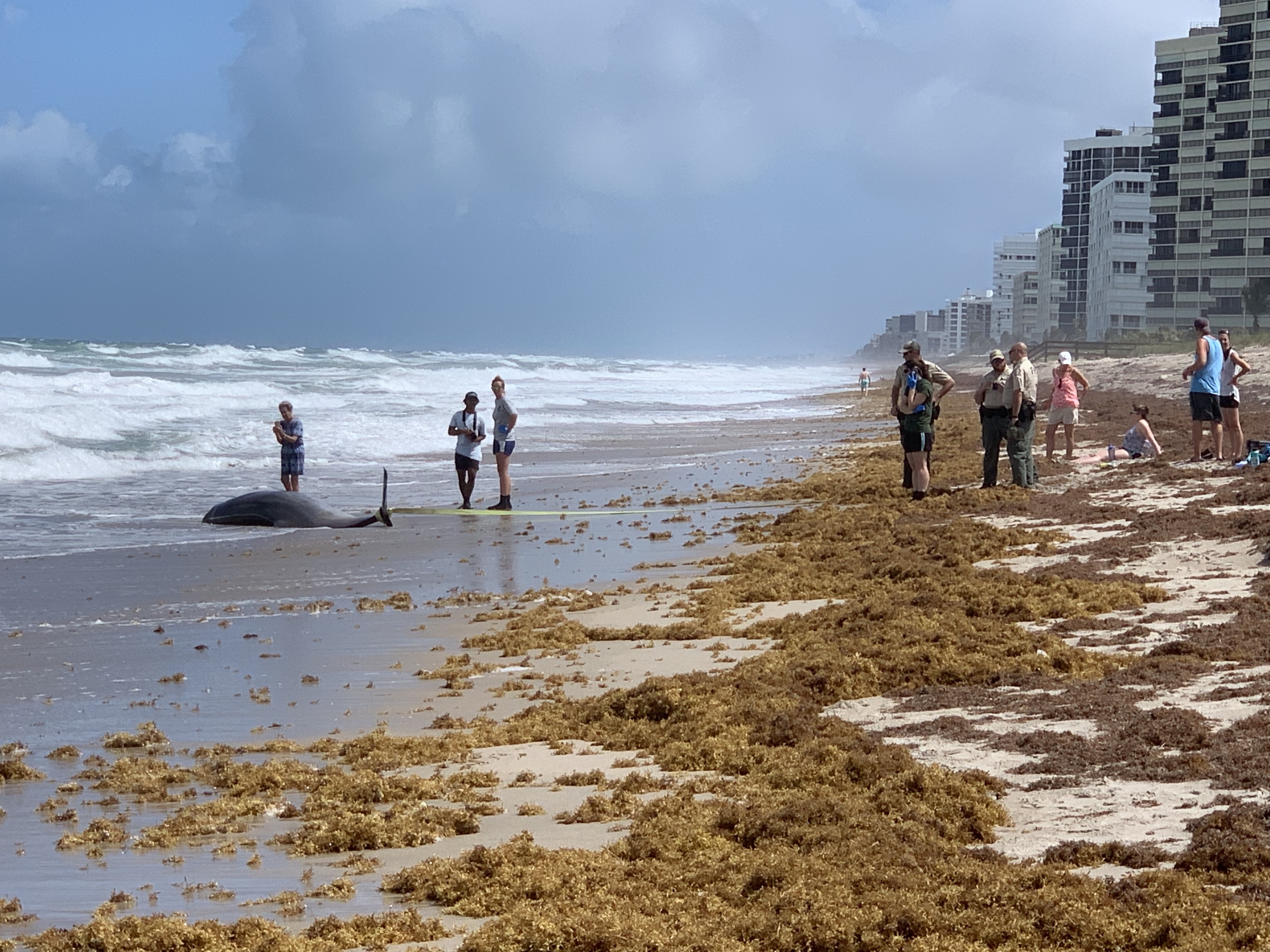Gaps in state and federal monitoring mean rural, poor, non-white and elderly communities disproportionally experience harmful health effects from compressor station pollution.
Tag: Pollutants
‘Roving sentinels’ discover new air pollution sources
Google Street View cars equipped with instrumentation sampled air quality at a scale fine enough to capture variations within neighborhoods in the Salt Lake Valley. A new atmospheric modeling method, combined with these mobile observations, can be used to identify pollution emission sources in many cities.
Microplastics could make other pollutants more harmful
On their own, microplastics are potentially harmful, and it’s unclear what effect they could have on pollutants. Now, researchers reporting in ACS’ Environmental Science & Technology Letters show that, when attached to microplastics, UV filters in sunscreens can make chromium metal more toxic.
Smog increases the risk of adverse health effects in pregnant mothers and babies
Mild exposure to common smog pollutants such as inhalable airborne particles and carbon monoxide during pregnancy results in adverse maternal and fetal health outcomes, a new study of women in China finds.

Four Rutgers Professors Named AAAS Fellows
Four Rutgers professors have been named fellows of the American Association for the Advancement of Science (AAAS), an honor given to AAAS members by their peers. They join 485 other new AAAS fellows as a result of their scientifically or socially distinguished efforts to advance science or its applications. A virtual induction ceremony is scheduled for Feb. 13, 2021.

Study Finds High Levels of Toxic Pollutants in Stranded Dolphins and Whales
Researchers examined toxins in tissue concentrations and pathology data from 83 stranded dolphins and whales from 2012 to 2018. They looked at 11 different animal species to test for 17 different substances. The study is the first to report on concentrations in blubber tissues of stranded cetaceans of atrazine, DEP, NPE and triclosan. It also is the first to report concentrations of toxicants in a white-beaked dolphin and in Gervais’ beaked whales.
Common Fireworks Release Toxic Metals Into the Air
Some of America’s favorite Independence Day fireworks emit lead, copper, and other toxins, a new study suggests. These metals, which are used to give fireworks their vibrant color, also damage human cells and animal lungs.
Rutgers Expert Available to Discuss Air Quality During COVID-19
New Brunswick, N.J. (April 9, 2020) – Rutgers University–New Brunswick Professor Monica Mazurek is available for interviews on air quality during the COVID-19 pandemic. “We are experiencing unusually low levels of gas-phase and particulate air pollutants compared with last year,…
Rutgers Experts Available to Discuss How Robots Enable Chemical Exposure Assessment
New Brunswick, N.J. (Jan. 27, 2020) – Robots can be programmed to perform tasks such as painting to generate exposure data on potentially harmful contaminants, according to a study in the Journal of Exposure Science & Environmental Epidemiology that was co-led…
Why polar bears at sea have higher pollution levels than those staying on land
Arctic sea-ice is in decline, causing polar bears in the Barents Sea region to alter their feeding and hunting habits. Bears that follow sea-ice to offshore areas have higher pollutant levels than those staying on land — but why? A study in ACS’ Environmental Science & Technology reports the likely reasons.
Prior exposure to pollutants could underlie increased diabetes risk of Indian immigrants
Researchers reporting in ACS’ Environmental Science & Technology have linked high levels of DDT in Indian immigrants in the U.S. with risk factors for diabetes.